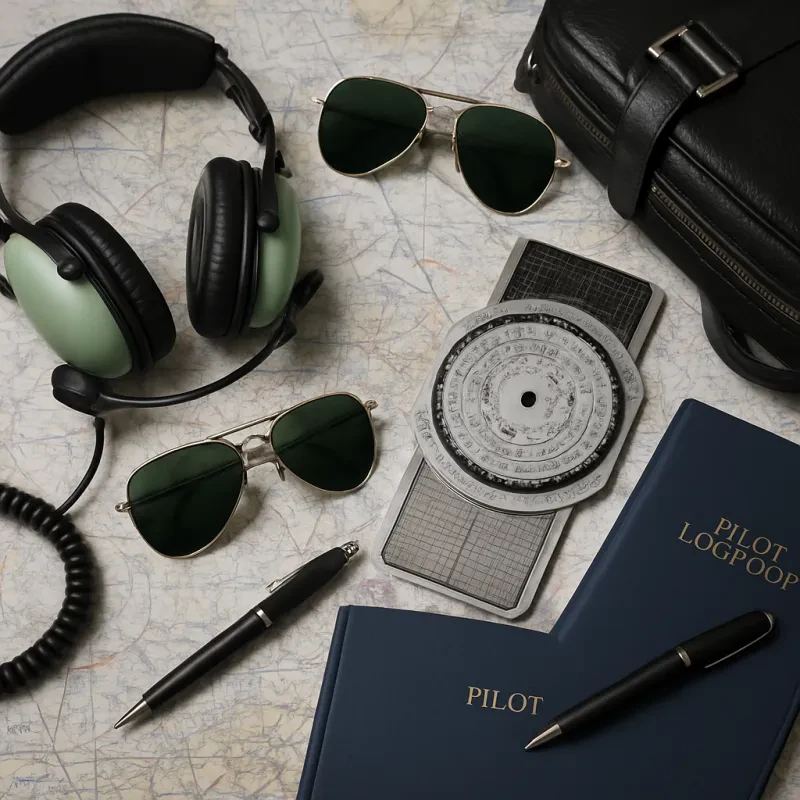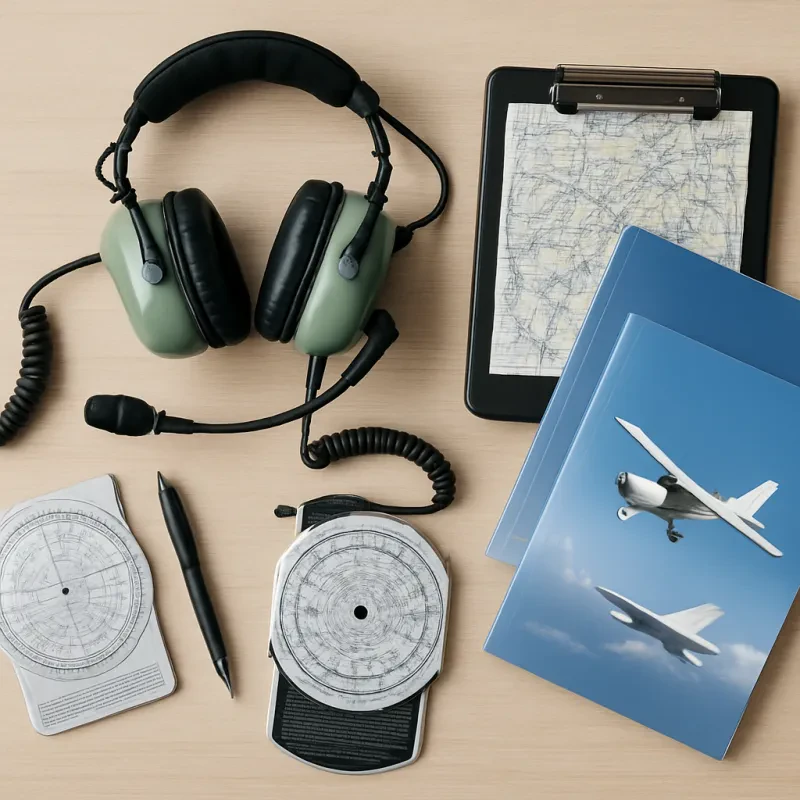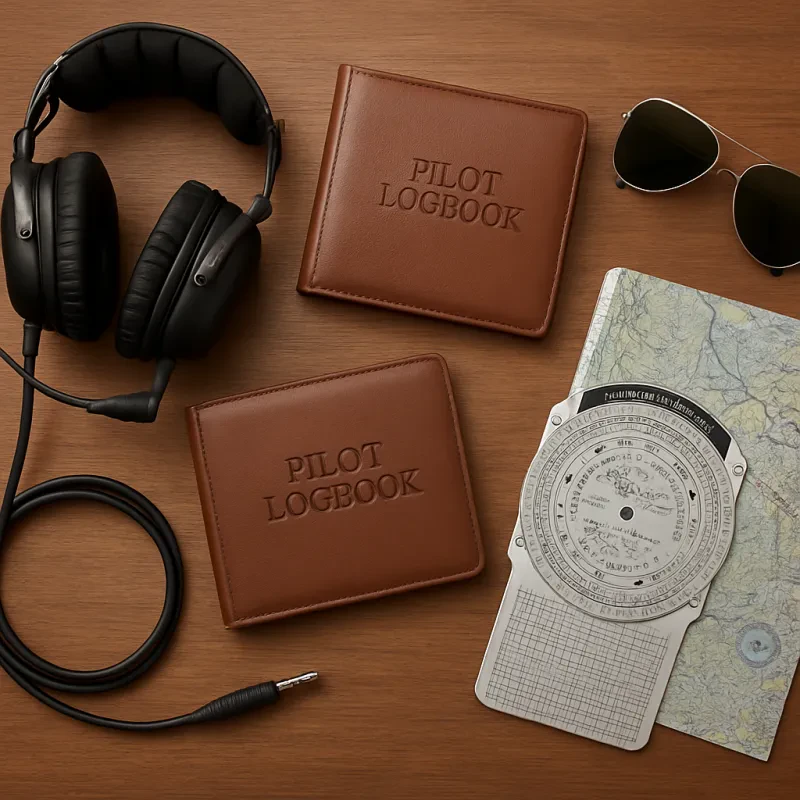Before diving into the complex world of aerodynamics, it is essential to understand the fundamentals that lay the groundwork for flight. Aerodynamics is the study of the forces and motion of objects through the air, and it forms the basis for understanding how airplanes, helicopters, and even birds are able to fly.
One of the fundamental principles of aerodynamics is Bernoulli's principle, which states that as the speed of a fluid (such as air) increases, its pressure decreases. This principle is particularly important when it comes to understanding lift, the force that allows an object to overcome gravity and stay in the air. When air moves at a higher speed over the curved upper surface of an airplane wing compared to the lower surface, it creates a difference in pressure. This pressure difference generates lift, enabling the aircraft to become airborne.
Another key concept in aerodynamics is drag, which is the force that opposes an object's motion through a fluid. There are two types of drag: parasite drag and induced drag. Parasite drag is caused by the friction between the object's surface and the fluid, as well as the turbulence created by the object's shape. Induced drag, on the other hand, is generated by the creation of lift. It is important to minimize both forms of drag to maximize an object's efficiency and speed through the air.
Breaking It Down: Understanding Lift and Drag
In order to understand the principles behind flight and the forces acting on an aircraft, it is crucial to grasp the concepts of lift and drag. Lift is the upward force that allows an aircraft to overcome gravity and stay aloft, while drag is the opposite force that acts in the opposite direction of motion, slowing down the aircraft.
Lift is primarily generated by the wings of an aircraft. The shape and design of the wings, combined with the flow of air over and under them, create a pressure difference which results in an upward force. This pressure difference is known as Bernoulli's principle. The top surface of the wings, being curved, has a larger distance for the air to travel compared to the bottom surface. This causes the air to move faster over the top surface, resulting in lower pressure and creating lift. The shape of the wings, particularly their camber and angle of attack, can affect the amount of lift generated.
Drag, on the other hand, opposes the motion of the aircraft. It is caused by several factors, including form drag, which is caused by the aircraft's shape, and skin friction drag, caused by the friction of the air against the aircraft's surface. Other sources of drag include induced drag, which is a byproduct of lift generation, and parasite drag, resulting from protrusions and imperfections on the aircraft's surfaces. Drag is an important consideration in aircraft design, as minimizing it can significantly improve fuel efficiency and increase the aircraft's range.
The balance between lift and drag is critical in flight. Pilots and engineers continuously strive to improve the lift-to-drag ratio, as it directly affects an aircraft's performance. By understanding these fundamental concepts, we can better appreciate the engineering marvels that allow us to soar through the skies and gain a deeper insight into the awe-inspiring world of aerodynamics.
Unveiling the Mystery: Exploring Boundary Layers and Turbulence
When it comes to understanding the science of flight, boundary layers and turbulence play crucial roles in shaping the dynamics of aerodynamics. These concepts, although seemingly complex, are vital for any beginner seeking to demystify aerodynamics and grasp the fundamentals of flight.
Boundary Layers: The Silent Influencer
Boundary layers are thin regions of air that form near the surface of an object, such as an aircraft wing or the fuselage of an airplane. These layers play a critical role in determining the overall drag experienced by the object moving through the air. The primary influence of boundary layers can be attributed to the slowing down of air particles near the surface, resulting in a decrease in velocity and an increase in pressure.
Boundary layers are further classified into two types: laminar and turbulent. Laminar boundary layers occur when air particles move in smooth, parallel layers, allowing for efficient airflow. However, as the object moves faster or the surface becomes rougher, the boundary layer transitions into a turbulent state, characterized by chaotic mixing of air particles. Turbulent boundary layers create higher drag and are more challenging to control than laminar ones. Thus, understanding and managing boundary layers are key in designing efficient and high-performance aircraft.
Turbulence: The Chaotic Nature of Airflow
Turbulence is a phenomenon characterized by irregular and chaotic motion of air particles. It can occur in various forms, ranging from mild disturbances to violent eddies. Turbulence greatly impacts the stability, efficiency, and safety of flight. When an aircraft encounters turbulent air, the effects can be felt as sudden jolts, bumps, and changes in altitude, causing discomfort to passengers and stress on the aircraft structure.
Turbulence is commonly divided into three categories: thermal, shear, and mechanical turbulence. Thermal turbulence arises due to temperature differences in the atmosphere, causing convective currents. Shear turbulence occurs when different layers of air move at different speeds and directions, resulting in wind shear, a common cause of severe turbulence. Mechanical turbulence stems from obstacles such as mountains or buildings interrupting the airflow, causing swirling eddies in their wake.
To safely navigate through turbulent regions, aircraft rely on advanced systems capable of detecting and mitigating its effects. These systems help predict and avoid areas of turbulence, ensuring a smoother and more comfortable flight experience for passengers and crew members alike.
From Wing Shape to Thrust: Decoding the Secrets of Flight
When you look up at the sky and see a bird soaring gracefully, have you ever wondered how it manages to stay airborne? The answer lies in the fascinating world of aerodynamics, the study of how air interacts with objects moving through it. In this article, we will delve into the key aspects of flight, beginning with the secrets behind wing shape and ending with the concept of thrust.
Wing Shape: The Secret of Lift
One of the most crucial factors in achieving flight is the shape of an object's wings. A bird's wings, for instance, are elegantly curved on the top, while the bottom surface is almost flat. This unique shape is known as an airfoil and is designed to exploit the principle of lift. As the bird moves through the air, its wings generate different pressures above and below. The curved top surface creates a region of low pressure, while the flat bottom surface maintains a region of higher pressure. This pressure difference generates lift, allowing the bird to defy gravity and remain airborne. Engineers have also adapted this concept to design wings for aircraft, balancing factors like stability and control.
Diving into Drag: The Resistance of Air
Another critical aspect of aerodynamics is drag, or the resistance an object encounters as it moves through the air. While birds possess streamlined bodies and smooth feathers to minimize drag, aircraft incorporate various techniques to reduce this aerodynamic force. One such technique is coating the surface with a smooth and sleek material, like fiberglass or carbon fiber. Additionally, engineers pay close attention to the overall shape and texture of the fuselage and wings to reduce drag as much as possible. By effectively managing drag, they can ensure that the aircraft can maintain speed and efficiency while in flight.
Thrust: Propelling through the Air
Wing shape and drag alone cannot keep an object airborne; it also requires thrust. Thrust is the force that propels an object forward, overcoming drag and allowing it to move through the air. Aircraft generate thrust through various means, the most common being engines. Jet engines, for instance, work on the principle of sucking in air, compressing it, and then expelling it forcefully to produce forward thrust. Propeller-driven aircraft rely on rotating blades to create a pressure difference that propels the aircraft forward. The amount of thrust generated determines an aircraft's speed and the ability to overcome drag effectively.


